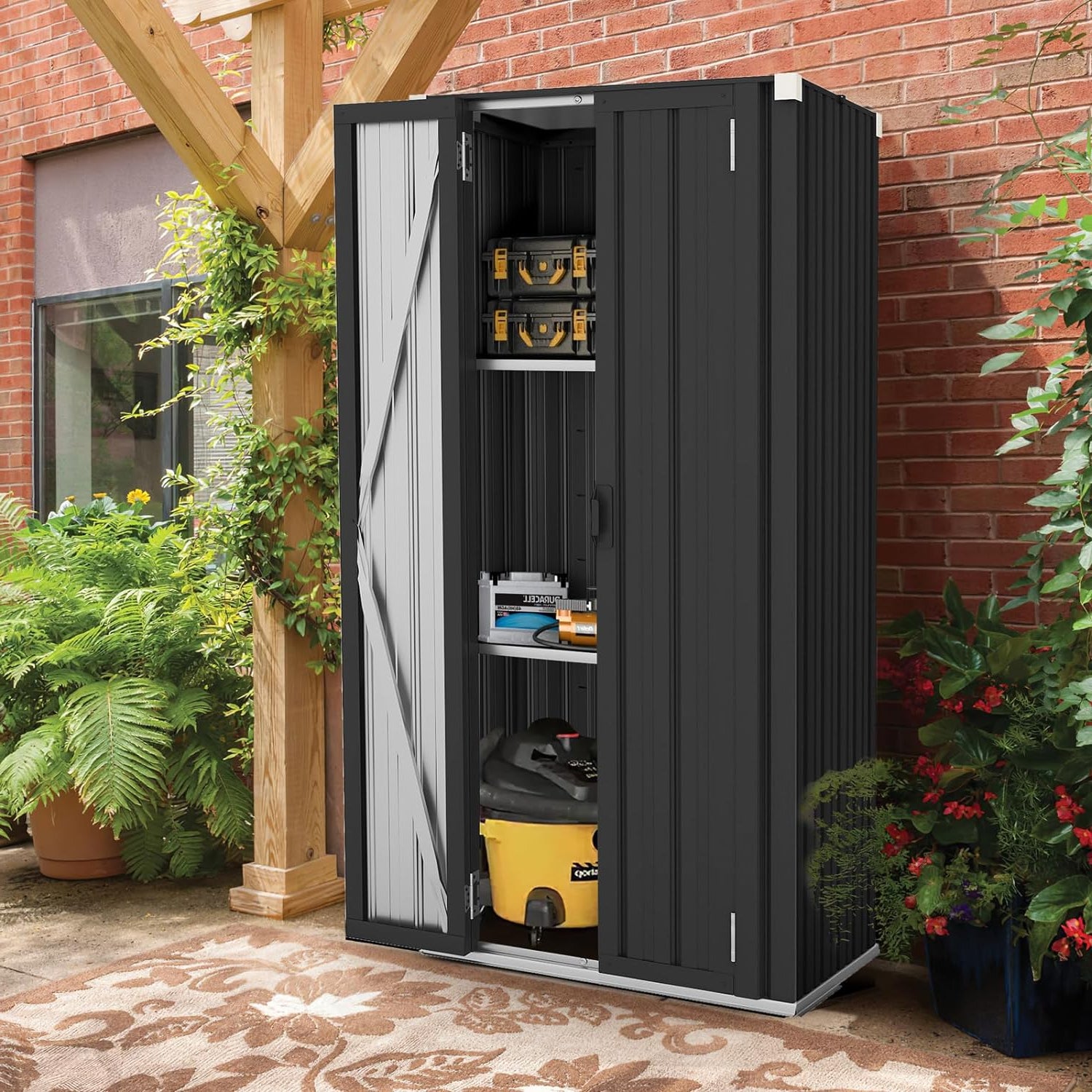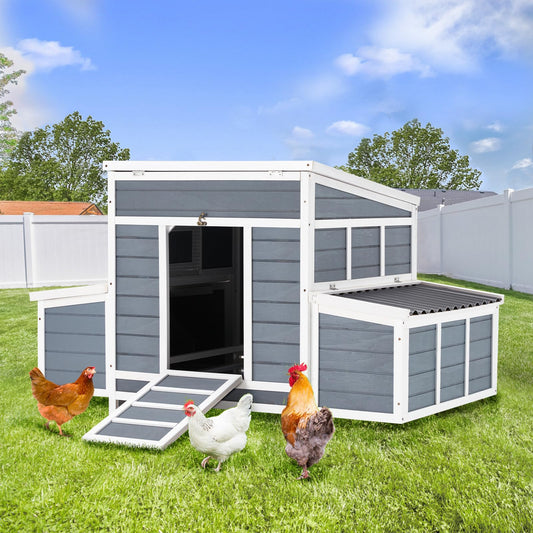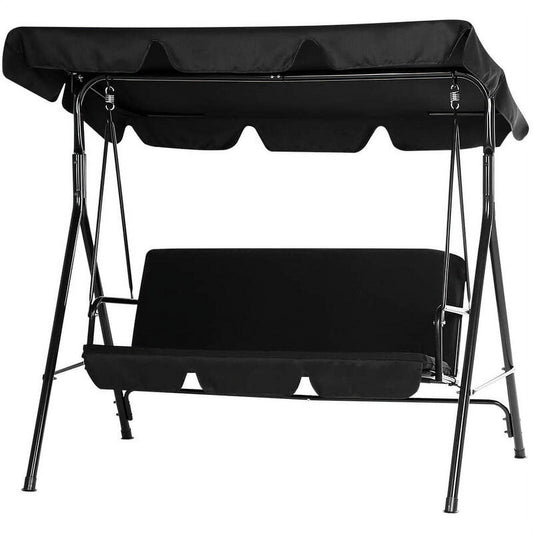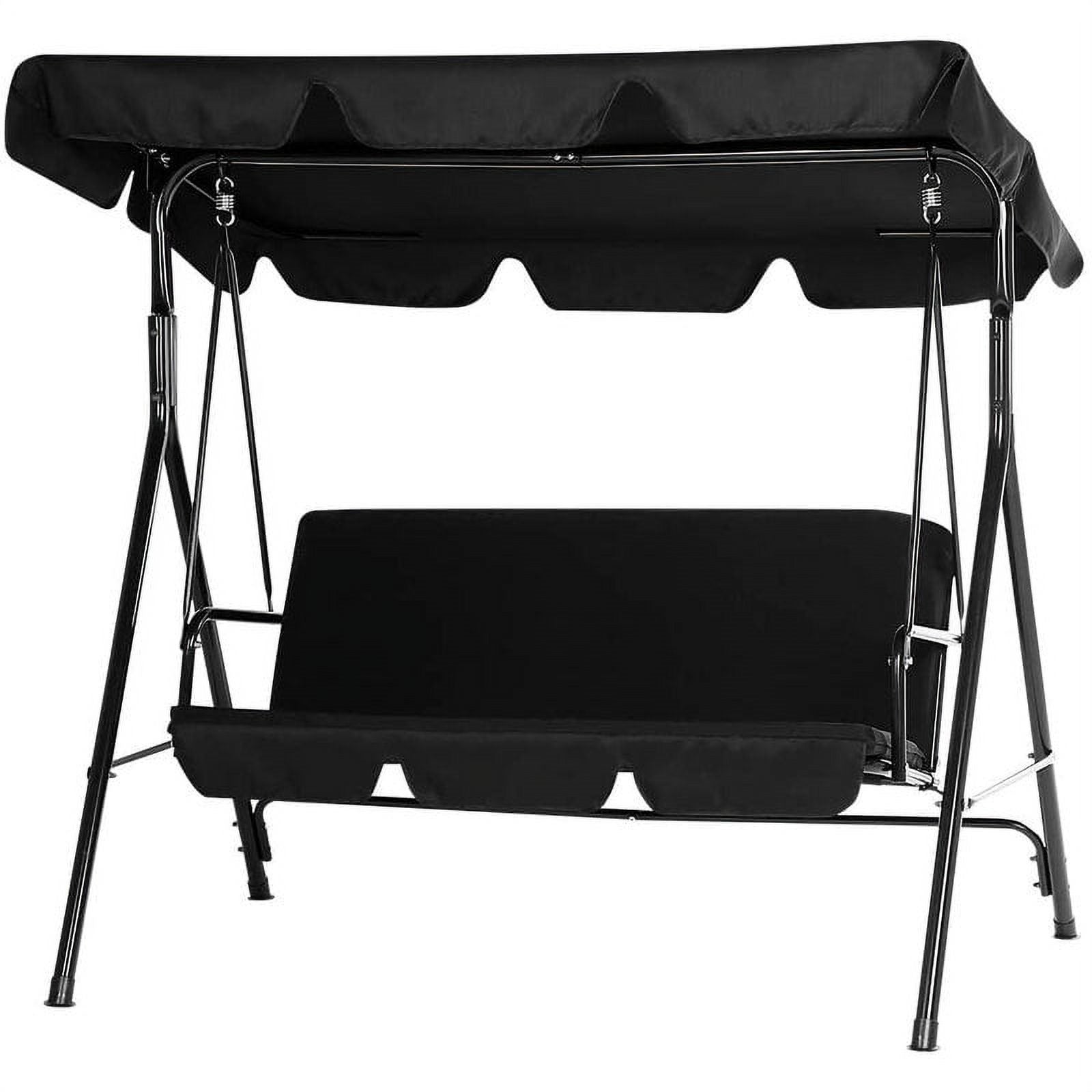If you’re a dog owner, you’ve probably dealt with post-walk bath chaos: bending over the bathtub for ages, water splattering everywhere, or waiting in line at the groomer just for a quick wash. That’s where a dog washing station comes in—it’s not a fancy extra, but a practical fix that’s popping up in more American homes every year.
Whether you’re hunting for dog wash station ideas for your laundry room, a portable dog washing station for trips, or a tough stainless steel dog wash station for outdoor use, this guide simplifies what you need to know. We’ll cover the basics, benefits, and how to pick the right one for your pup. Let’s start with the fundamentals!
1. What Is a Dog Washing Station?
Simply put, a dog washing station is a dedicated space or piece of gear made just for washing dogs—no more using your bathtub or sink. It’s designed to fit your dog’s size and make bath time easier for both of you, and it comes in different styles to match your needs.
1.1 Definition and Purpose
A dog washing station can be anything from a foldable tub to a built-in setup with running water. Its main job? Make bath time safer and less of a hassle. For example, a portable dog washing station is lightweight and easy to store—great for small apartments or travel. An outdoor dog washing station (often a stainless steel dog wash station) handles muddy pups in your backyard, while a dog washing station at home (like in your laundry room) might have steps so your big dog can climb in without you lifting them.
Unlike regular bathtubs, these stations have dog-friendly features: non-slip floors to prevent falls, handheld showers to reach dirt spots, and designs that cut down on water mess. They also save you from unclogging drains with dog hair or wiping down bathroom floors every time.
1.2 Why It’s a Growing Trend in Modern American Homes
Dog washing stations aren’t just a trend—they’re catching on because they fit how people live now:
Dogs are family: The American Pet Products Association says 66% of U.S. households have a pet, and 76% of dog owners see their pups as family. People want products that make their dogs’ lives easier, and a dog washing station turns stressful baths into calm routines.
Convenience matters: Busy schedules mean no time for groomer lines or messy bathroom cleanups. A dog washing station at home lets you wash your pup whenever—after a muddy walk, before guests come over—no planning needed.
Homes are getting pet-friendly: Modern homes now include pet-focused features, and a dog wash station is a practical upgrade. A sleek stainless steel dog wash station in the mudroom even adds value, since future buyers (who own dogs) will love it.
Here’s a quick look at the most popular types to help you visualize:
|
Type of Dog Washing Station |
Key Features |
Best For |
|
Portable Dog Washing Station |
Foldable, lightweight, easy to store |
Small apartments, travel, small/medium dogs |
|
Outdoor Dog Washing Station |
Weather-resistant (often stainless steel), outdoor drain |
Active dogs, large breeds, backyards |
|
Indoor Built-In Station |
Water supply/drain, tool storage |
Laundry rooms, multi-dog households |
|
Stainless Steel Dog Wash Station |
Easy to clean, rust-resistant |
Heavy use, messy dogs, indoor/outdoor use |
Now that you know what a dog washing station is and why it’s popular, let’s jump into the good stuff: how it makes life better for your dog, you, and your home. Spoiler: It’s not just about cleaner pups—it’s about way less stress!

2. Benefits of Adding a Dog Wash Station at Home
A dog washing station fixes real problems for you, your pup, and your home—no extra fluff, just practical perks.
For your dog, it’s safer and calmer. Regular bathtubs are slippery and scary, but a dog washing station has non-slip floors to prevent falls. It’s the right height, so small pups don’t feel dwarfed and big breeds don’t panic when you lift them. Bath time goes from stressful (whimpering, escaping) to calm—even shy dogs relax more.
For you, it saves time and spares your back. Bending over a tub to wash a big dog aches for hours, but a dog washing station lets you stand straight. Cleanup is faster too: built-in drains catch hair and water, so you don’t wipe floors or unclog tubs. Even a portable dog washing station keeps mess contained—set it in the laundry room or outside, no more water on carpets.
For your home, it stays cleaner and protected. Washing dogs in sinks/tubs clogs drains with hair and stains floors. A dog washing station traps mess: hair goes in its drain, water stays in the tub. An outdoor dog washing station sends muddy water to the yard, not indoor pipes. A stainless steel dog wash station wipes clean easily, so no pet smells linger. Your pipes stay clear, and your home stays tidy.
3. Best Locations to Install a Dog Wash Station
Where to put your dog washing station depends on your home, your dog, and if you want it inside or out. Here’s the simple breakdown:
Indoor spots work year-round, especially in cold weather. The laundry room is top pick—it already has water lines and drains, so setting up a dog washing station at home here is easy. It’s out of the way, and you just need 3–5 feet of space (more for big breeds). Mudrooms are great too—wipe muddy paws first, and store towels/shampoo nearby. Heated garages work if you don’t mind mess—water splatters won’t matter.
Outdoor spots are perfect for messy, active dogs. A backyard or patio outdoor dog washing station handles muddy hikes without bringing dirt inside. Most are tough, like a stainless steel dog wash station, to resist rain/sun. Just make sure there’s a drain (no water pooling) and a hose/faucet nearby. In cold areas, drain pipes in winter to avoid freezing—summer baths here let pups shake water outside, not on your couch.
If you’re leaning toward a stainless steel dog wash station for either indoor or outdoor use, the YODOLLA 50'' model fits well. It’s durable against rain and sun for patios/backyards, and its leak-proof, rust-resistant build works in laundry rooms or mudrooms too. Plus, its adjustable height and non-slip ramp make it easy for dogs of all sizes to use, matching the drainage and safety needs we talked about earlier.
No matter where you choose, check two things: drainage (indoor uses pipes, outdoor needs a yard drain) and flooring (non-slip, easy-to-clean—tile, concrete, or a portable dog washing station’s base). Skip carpet or wood—they soak up water or warp.

4. Ideal Size and Dimensions for Different Dogs
Dog washing stations aren’t one-size-fits-all—match the size to your pup’s weight, plus your comfort.
Small dogs (under 30 lbs, like Chihuahuas): Go compact. Tub should be 24–30 inches long, 18–22 inches wide, 12–15 inches deep—enough room to turn. Station height: 30–36 inches (no bending for you, easy for them to step in). A portable dog washing station fits perfectly here.
Medium dogs (30–60 lbs, like Beagles): Step up a bit. Tub: 30–36 inches long, 22–26 inches wide, 15–18 inches deep. Station height: 36–40 inches (stand straight, add steps if they need help). A stainless steel dog wash station (portable or fixed) works well.
Large dogs (over 60 lbs, like Labradors): Need room to stretch. Tub: 36–48 inches long, 26–30 inches wide, 18–24 inches deep. Station height: 40–44 inches (save your back). Add a wide ramp (not small steps—they trip) so they climb in alone. An outdoor dog washing station or built-in laundry room setup is best.
For you: Make sure the station height lets you reach your dog’s back/belly without bending your waist more than 15 degrees. Tall? Add 2–3 inches; shorter? Lower it—this stops back pain after baths.
5. Key Design Features to Look For
A good dog washing station isn’t just a tub—it needs features that make bath time smooth for you and your pup. Focus on these must-haves:
First, choose the right shower head. Handheld ones are better than fixed—they let you reach hard-to-clean spots (like under the belly or between paws) without moving your dog. Look for adjustable pressure too: gentle for sensitive pups, stronger for caked-on mud. Fixed heads work only if they’re angled to hit your dog’s body, not their face.
Non-slip features are non-negotiable. Dogs panic on slippery surfaces, so pick a station with a built-in non-slip base or add a rubber mat. If you have a large breed, a ramp (not tiny steps) helps them climb in—steps are easy to trip over. For small dogs, a low entry point or small step stool works too.
Storage saves hassle. You’ll need a place for shampoo, towels, brushes, and nail clippers—look for stations with shelves, drawers, or hooks. Even a portable dog washing station with a small side pocket helps keep tools handy, so you don’t run around mid-wash looking for a towel.
Proper drainage is a must. No one wants standing water—indoor stations should connect to your home’s pipes, while outdoor ones (like a stainless steel dog wash station) need a drain that leads away from your house. Some portable stations have a drain plug you can empty into a bucket or sink—simple and mess-free.

6. Material Options and Cost Considerations
Dog washing stations come in three main materials, each with pros and cons—pick one that fits your budget and how you’ll use it.
Stainless steel is the tough choice. A stainless steel dog wash station is durable, easy to sanitize (wipe it down with soap and water), and resistant to rust or stains—great for outdoor use or multi-dog households. The downside? It’s heavier (hard to move) and costs more upfront than other materials.
Acrylic/plastic is lightweight and affordable. These stations (often portable dog washing station models) are easy to carry and store—perfect for small apartments or travel. They’re also cheap, but they scratch easily and might crack over time if you have a large, energetic dog. Avoid thin plastic—go for thick, sturdy acrylic if you can.
Tile or concrete is for built-in setups. If you’re installing a dog washing station at home (like in the laundry room), tile or concrete looks nice and is easy to clean. It’s a permanent fix, so it adds value to your home—but installation costs more because you’ll need a contractor to set it up. It’s also cold, so add a mat for your dog’s comfort.
When it comes to cost: Portable stations are the cheapest, while built-in ones cost the most. Acrylic/plastic portables are budget-friendly, stainless steel portables cost a bit more, and built-in tile/concrete or stainless steel stations are the priciest. Outdoor stations (like a stainless steel dog wash station) fall in the middle—more than portable, less than built-in.
7. Are Dog Washing Stations Worth It?
Short answer: Yes—if you’re a dog owner who washes their pup regularly. Here’s why they’re a long-term win:
They’re perfect for specific households. If you have multiple dogs, an outdoor dog washing station or built-in setup saves hours of bathing time. For active dogs that love mud or hikes, a station lets you clean them right after—no more tracking dirt inside. If your family has allergies, a stainless steel dog wash station is easy to sanitize, cutting down on pet dander in your home.
They save money over time. Professional groomers charge for every bath—do that once a month, and the cost adds up. A dog washing station at home lets you wash your dog for free, whenever you need to. Even a portable dog washing station pays for itself after a few months of skipping groomer visits.
They add convenience (and home value). No more carrying a big dog to the tub or cleaning up bathroom messes. Plus, if you sell your home later, a pet-friendly feature like a dog wash station appeals to other dog owners—many will pay more for a home with built-in pet gear.
The only time a station might not be worth it: If you have a tiny dog you wash once every few months, or if you live in a space too small for even a portable station. But for most dog owners, the time, stress, and money saved make it a smart buy.























